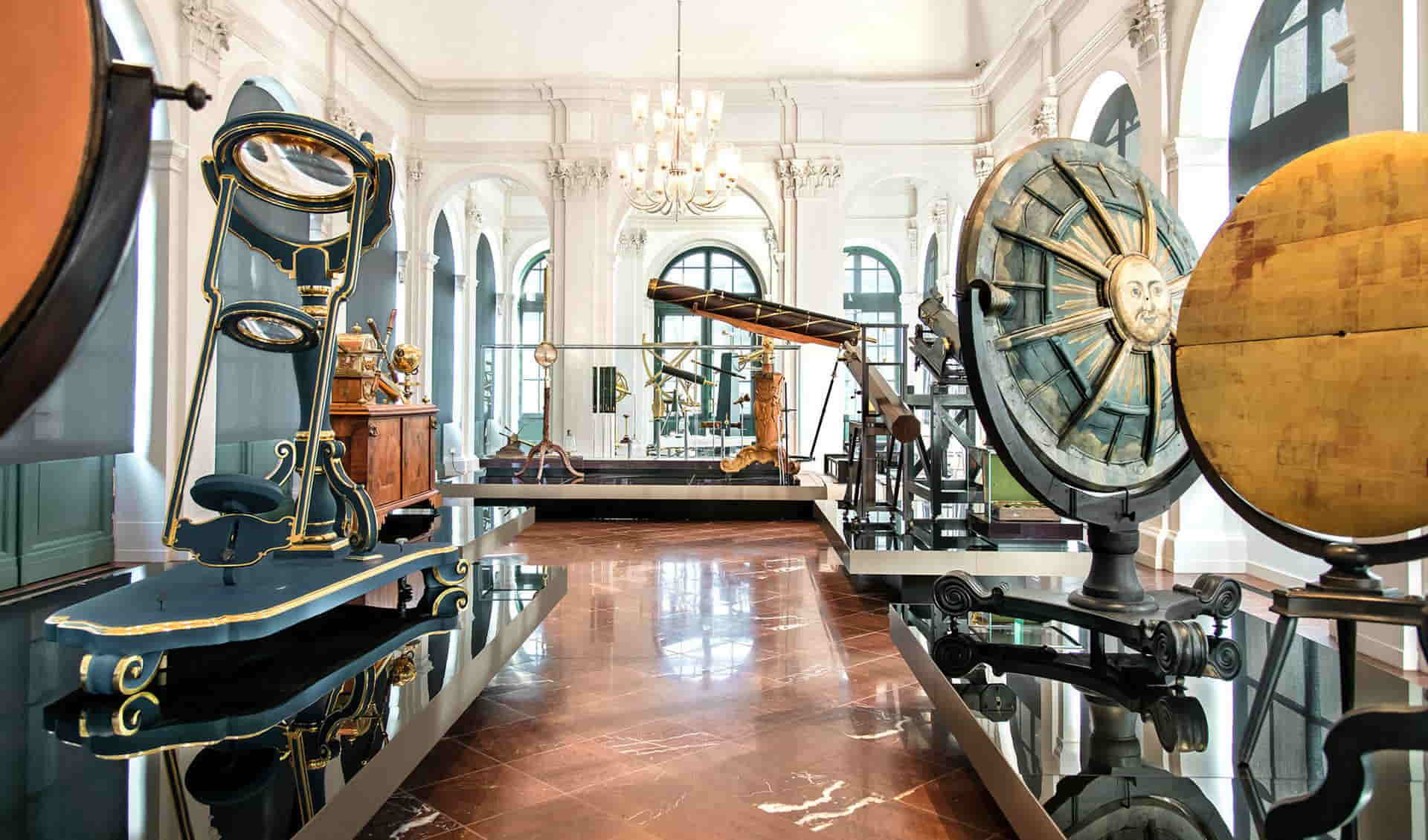Dresden's rich cultural landscape offers a hidden gem where history and science converge, perfect for families seeking a mix of education and enchantment on their travels. The Royal Cabinet of Mathematical and Physical Instruments, located within the picturesque grounds of the Zwinger palace, opens a window into the past where visitors can explore a world-class collection of historical scientific gadgets. With an array of artifacts that date back to the 16th century, this museum holds a fascination for both young minds eager to discover and adults with an appreciation for the intricate beauty of historic craftsmanship.
The museum's contents were first brought together by Augustus the Strong in the early 18th century, evolving to include everything from celestial globes to precision timepieces. Families walking through the exhibits at the Staatliche Kunstsammlungen Dresden can trace knowledge development and its instruments, which have shaped our understanding of the world. While the intricate designs and elaborate mechanics captivate the imagination, they also testify to the ingenuity and creativity of bygone eras.
Contents
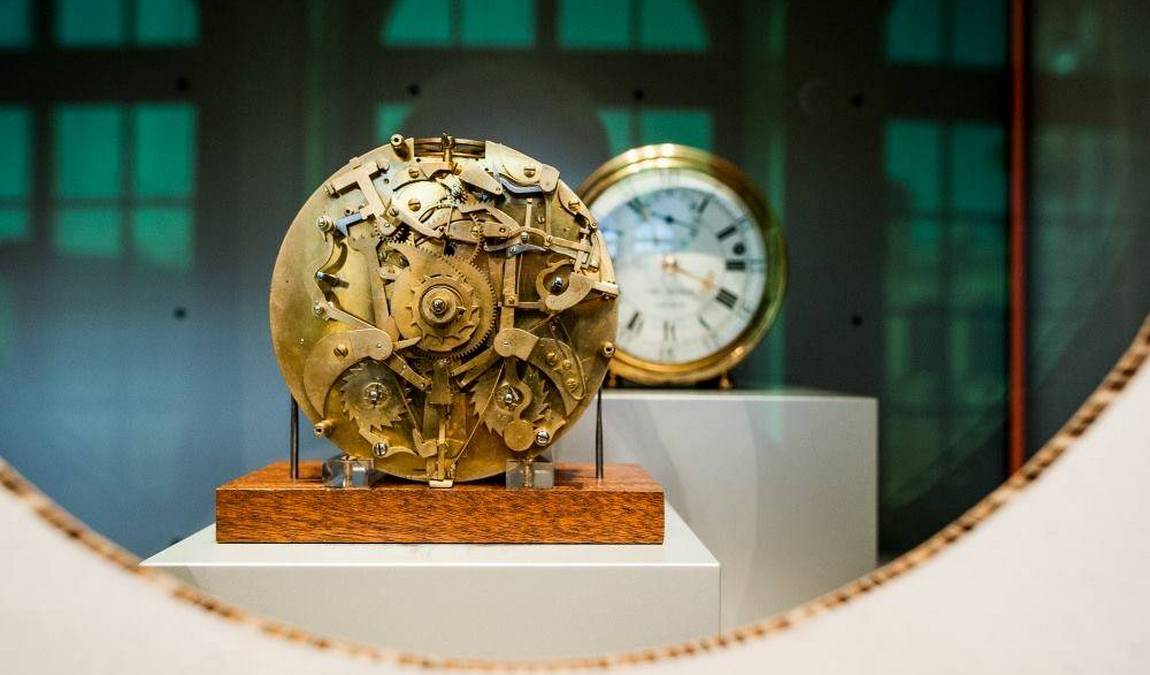
Photo: mathematisch-physikalischer-salon.skd.museum
Whether examining the detailed quality of historical globes or the fine engineering of centuries-old clocks, guests to this distinctive museum will find their curiosity piqued at every turn. This Dresden treasure offers an interactive journey through the annals of scientific progress. It provides a compelling backdrop for family photos, making it a must-visit destination for those traveling with children to this storied city.
Here is Why Your Kids Will Find it Interesting
The Royal Cabinet of Mathematical and Physical Instruments is a treasure trove of scientific wonders that make history tick. This Dresden-based museum houses an impressive collection of historic clocks and scientific instruments that blend art with science. This exhibit promises enlightenment and entertainment alike for curious young minds.
Three main reasons to visit with kids:
- Interactive Exhibits: Children are naturally curious, and the salon offers hands-on experiences. They can engage with celestial and terrestrial globes and understand how early scientists viewed our world and the cosmos.
- Aesthetic Appeal: The intricate designs of the timepieces and instruments are as visually captivating as they are educational, perfect for cultivating an appreciation for the intersection of art and technology.
- Educational Value: Exhibits like the historic clocks and geodetic devices provide a real-world connection to concepts learned in school, making this an invaluable practical lesson in a memorable setting.
The Royal Cabinet of Mathematical and Physical Instruments is worth visiting with children aged 7 and above due to the mature nature of the exhibits and the level of understanding required to appreciate the artifacts' functionalities and histories. They'll delve into how our ancestors measured time, navigated seas, and observed the stars, appealing to kids' inherent sense of wonder and discovery. It isn't just another museum trip; it's a journey through the milestones of human ingenuity. Time spent here with your children isn't just educational — it's a lasting memory in the making, where every ticking clock tells a story of innovation.
History and Origins
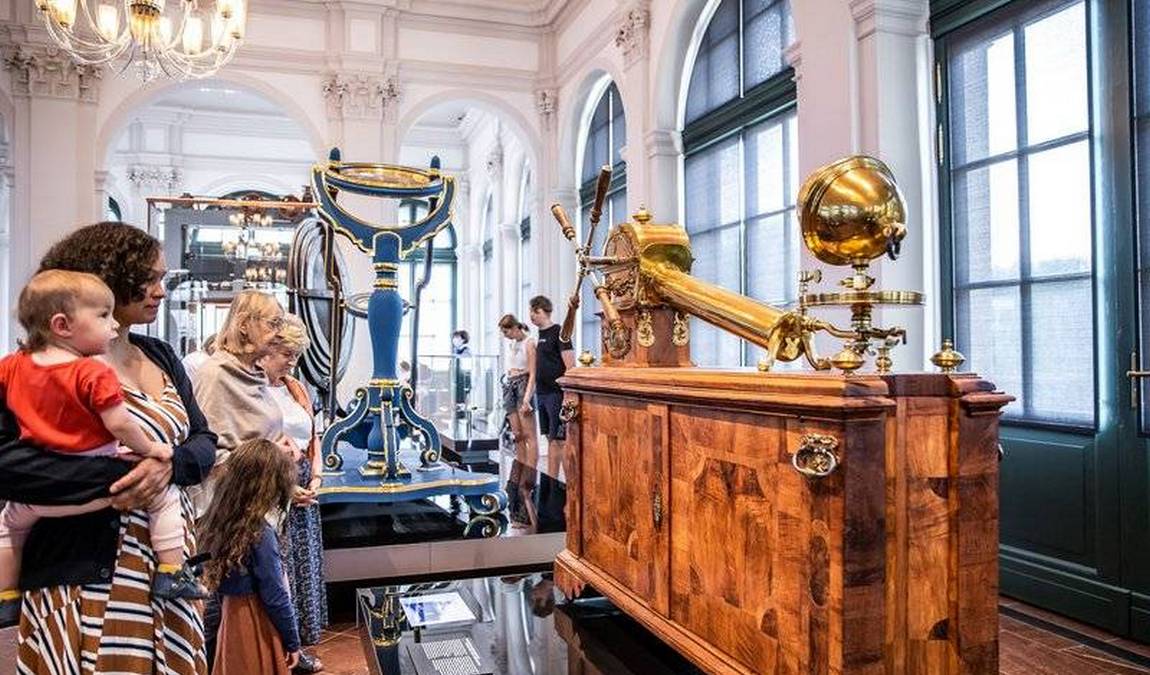 Photo: mathematisch-physikalischer-salon.skd.museum
Photo: mathematisch-physikalischer-salon.skd.museum
The Royal Cabinet of Mathematical and Physical Instruments is a testament to Dresden's historical and scientific legacy. It reflects the city's long-standing commitment to advancing knowledge, which began in the 16th century.
The foundation of the Royal Cabinet of Mathematical and Physical Instruments occurred in the 16th century, born out of a desire to understand the universe's mysteries. It represented an ambitious effort to collect and exhibit scientific instruments for education and research purposes, shedding light on the cosmos and contributing to the wave of enlightenment sweeping across Europe.
The Zwinger, a magnificent Baroque palace in Dresden, houses this illustrious collection. Notable not just for its architecture, the Zwinger is crucial to the Royal Cabinet as it has been the historical backdrop against which generations of visitors, including families with curious children, have explored the mysteries of science and time.
The Electors of Saxony, particularly Augustus the Strong, were instrumental in developing this museum. Their deep involvement underscored their status as patrons of the arts and sciences, enriching Dresden's cultural fabric by fostering an atmosphere where intellect and curiosity flourished; all encapsulated within the walls of the Royal Cabinet.
Just 300 meters from the museum there is the Old Masters Picture Gallery, which we also recommend visiting with children.
Collections and Exhibits
This exhibition presents a fascinating journey through time and innovation. Visitors of all ages can marvel at precursors to modern technology, offering both an educational encounter and an enchanting experience for family outings.
It boasts an impressive array of historic clocks and scientific instruments that date back centuries. Guests can marvel at an extensive collection of globes of astronomical, optical, and geodetic devices that reflect the ingenuity of the past. Notably, the displays are housed in a space that once served as an observatory, integral to studying the cosmos in the 18th century.
The Royal Cabinet doesn't just showcase instruments; it provides interactive exhibits and educational programs designed to captivate children and adults' curious minds. From hands-on experiments to guided tours that unpack the history of these artifacts within the context of the Zwinger Palace's historical significance, visitors are invited to engage with science in an entertaining and informative way. Families will find that children's workshops and special exhibitions create a dynamic environment perfect for learning and fun.
Universe of Globes
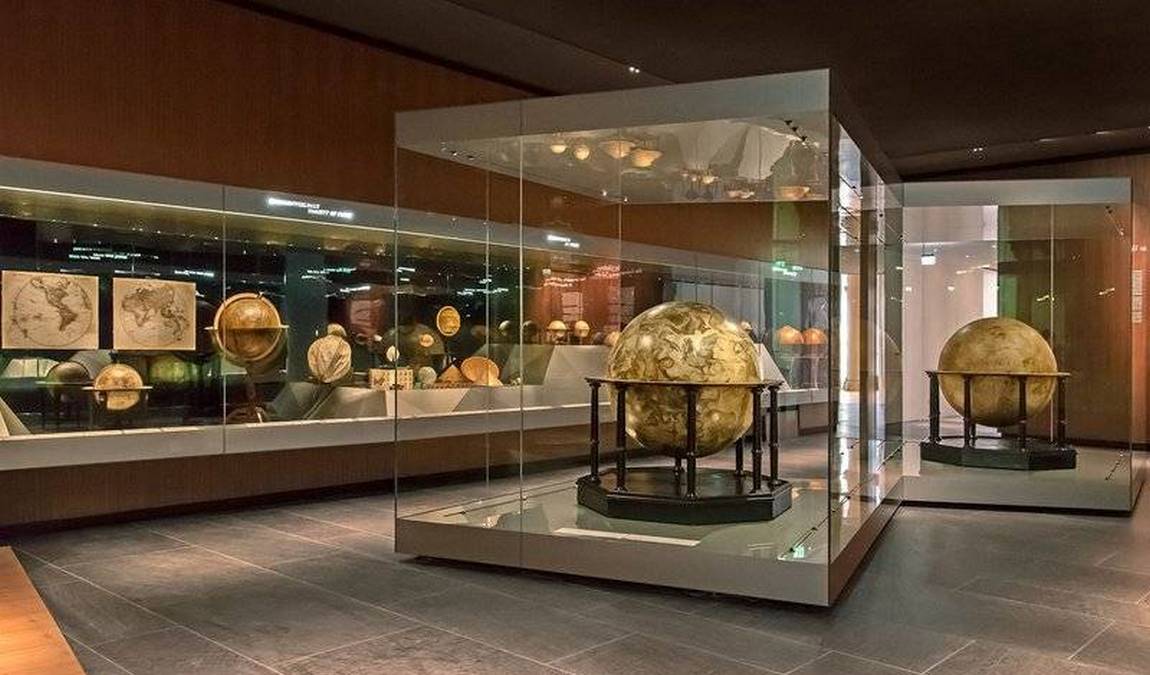 Photo: mathematisch-physikalischer-salon.skd.museum
Photo: mathematisch-physikalischer-salon.skd.museum
The Universe of Globes section displays an array of terrestrial and celestial globes, tracing the evolving understanding of Earth and the heavens. Here, families can gaze at the Cosmos of the Prince, a stunning celestial globe that encapsulates the grandeur of the night sky as perceived centuries ago.
Automata and Mechanical Devices
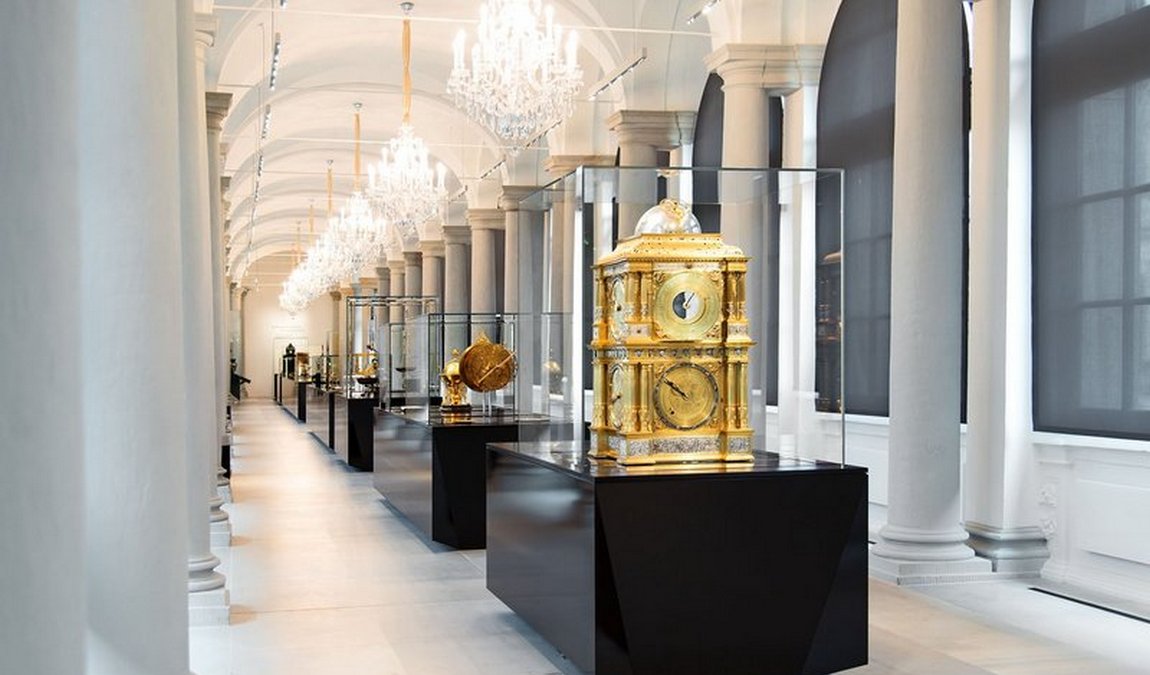 Photo: mathematisch-physikalischer-salon.skd.museum
Photo: mathematisch-physikalischer-salon.skd.museum
As visitors move to the Automata and Mechanical Devices showcase, they are greeted by intricate contrivances that whir with life. This subsection is particularly thrilling for the young ones, featuring ingenious mechanical devices that are the ancestors of modern robotics and automation.
Timekeeping Masterpieces
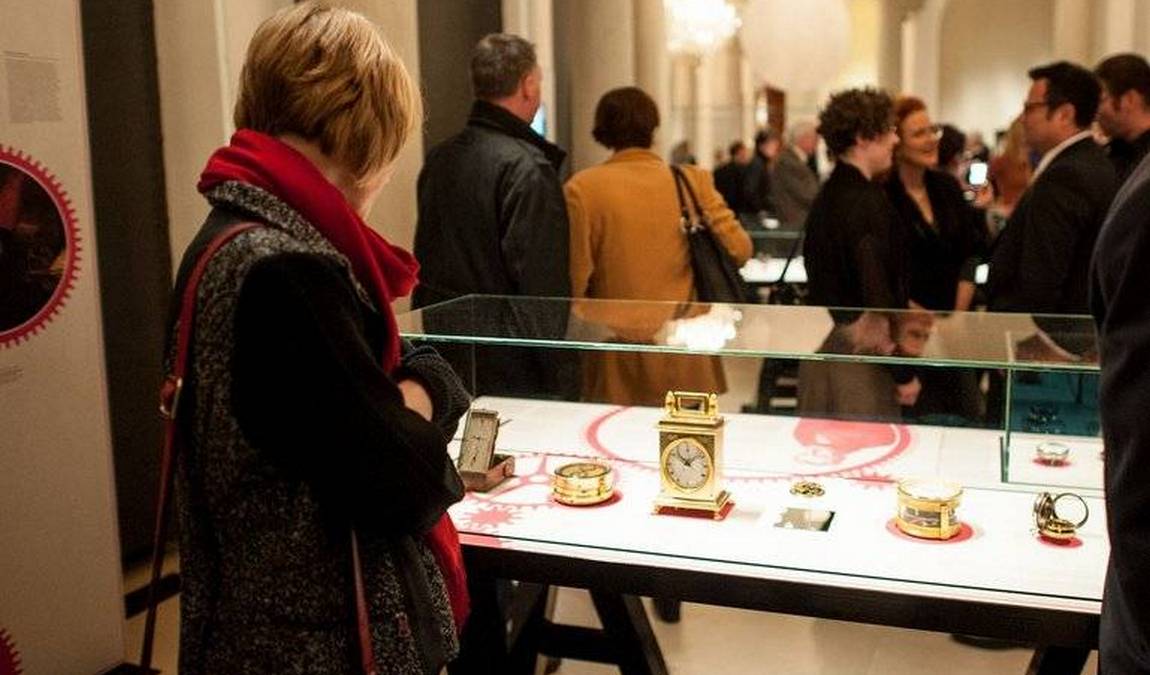 Photo: mathematisch-physikalischer-salon.skd.museum
Photo: mathematisch-physikalischer-salon.skd.museum
In the realm of precision and elegance, the Timekeeping Masterpieces display unravels the art and science of horology. From ornate historic clocks to the delicate craftsmanship of pocket watches, guests can observe the gears and springs that measured moments for royalty.
Geodetic and Scientific Breakthroughs
Lastly, the Geodetic and Scientific Breakthroughs portfolio offers a peek into the tools that shaped our geographical and universal comprehension. Mathematical instruments and geodetic devices illuminate the intelligence and curiosity that led to the maps and measures we rely on today.
Scientific Achievements
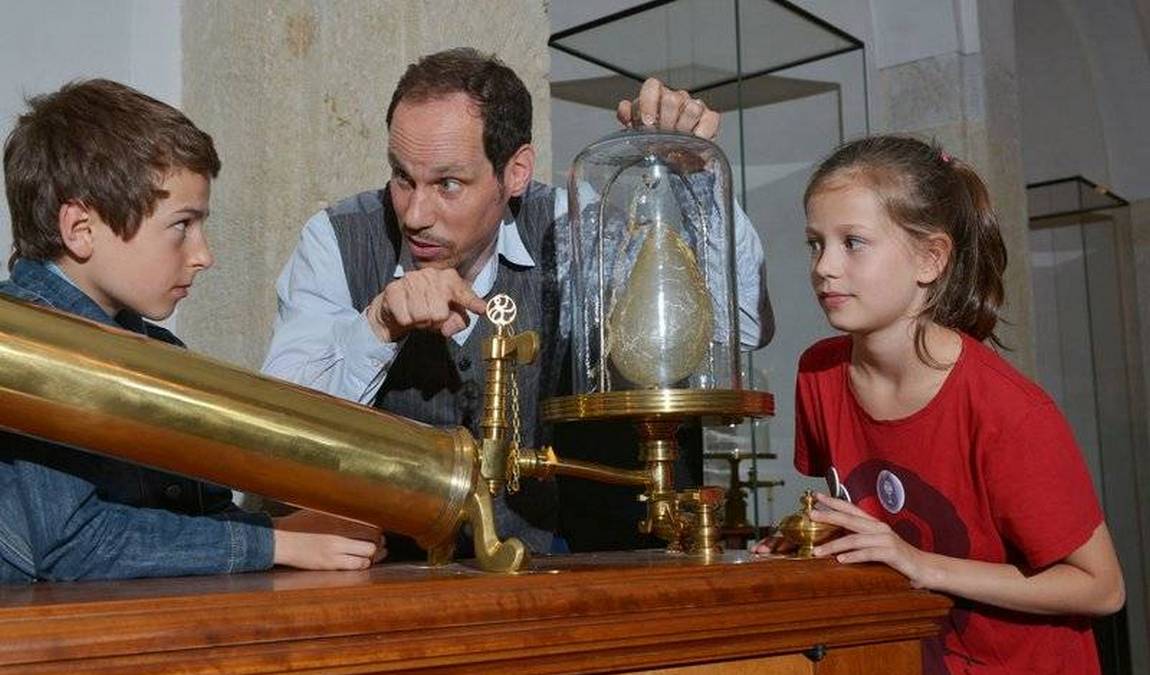 Photo: facebook.com/skd.museum
Photo: facebook.com/skd.museum
Enlightenment and Experimentation
The Enlightenment was an era rich with discovery and the pursuit of knowledge. At the heart of this intellectual revolution were the scientific instruments of the 17th century that propelled experimentation. In Dresden's renowned museum, one can discover a trove of devices that embody the marriage of art and science, tools that expand the horizons of human comprehension.
Innovations in Mathematics
Across the centuries, numbers and their complex manipulations have fascinated the greatest minds. Pascal's calculator, an ingenious invention of the 17th century, represents an extraordinary leap in computational technology. The museum showcases these early devices, offering a fascinating peek into the embryonic stages of the modern computer.
The Development of Horology
Timekeeping is an essential thread in the fabric of civilization. The intricacy of historic clocks within the museum's collection captures the incredible craftsmanship and advancement in horology. From sundials to the grandeur of tower clocks, each artifact tells a unique story of time's ceaseless progression and our relentless desire to measure and master it.
Notable Figures and Contributions
The Royal Cabinet of Mathematical and Physical Instruments is a center of scientific heritage. It was created under the aegis of the Electors of Saxony and morphed into an epicenter of knowledge and innovation.
One of the most prominent electors, Augustus the Strong, assembled the sophisticated collection. His enthusiasm for science and art significantly burgeoned the institution's prestige. It became a hub where master artisans and intellectuals could converge to push the boundaries of their times.
Noteworthy contributions within the Cabinet's walls include:
- The early Pascal's Calculator was the brainchild of the French polymath Blaise Pascal. This remarkable invention laid the foundational work for future computational devices, embodying enlightenment in the mechanization of arithmetic.
- There is an array of historic clocks that aren't solely timekeeping devices but works of art with an intricate mix of mathematics and aesthetics. These include the world time clock by Andreas Gärtner, which captivates not only adults but also sparks the imaginations of younger visitors, marrying the wonders of art with the precision of science.
Intricately crafted, these pieces were not mere instruments but symbols of prestige and progress, narrating a story of a society vested in the pursuit of knowledge. Visitors, especially families, may find themselves journeying through time as they acquaint themselves with devices that shape our understanding of the world.
Each exhibit, from celestial globes to geodetic devices, paints a broader picture of the historical sophistication of scientific thought and its enduring legacy, making it a fascinating detour for any family exploring Dresden.
Best Time to Visit
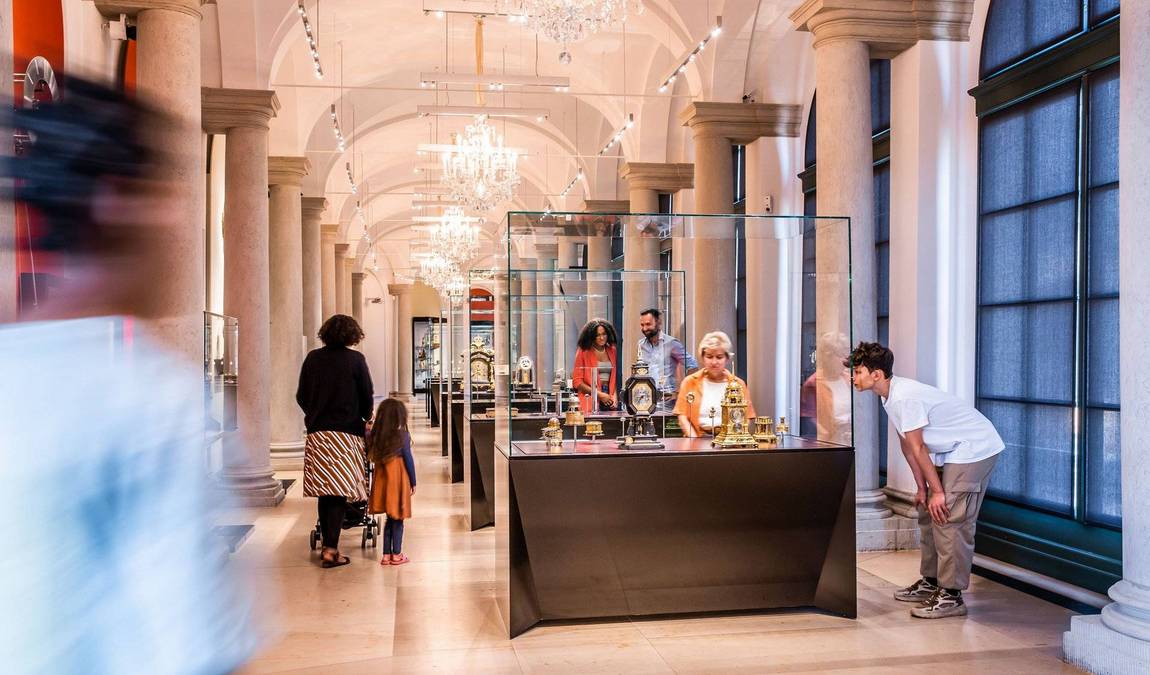 Photo: mathematisch-physikalischer-salon.skd.museum
Photo: mathematisch-physikalischer-salon.skd.museum
When planning a family outing to the Royal Cabinet of Mathematical and Physical Instruments, timing is critical for an enriching experience. This Dresden treasure is most enjoyable when visited during off-peak times, allowing children the space to explore the intriguing displays of historic clocks and scientific instruments.
Mornings during weekdays are typically less crowded, making them ideal for families. Doors open at 10 a.m., so arriving early is advisable. Afternoons, especially on weekends, can see an influx of visitors, which might be overwhelming for young ones.
For families, the best months to visit are May through October, as Dresden welcomes more pleasant weather. Late spring and early fall also offer the bonus of less crowded exhibits, conducive to a more hands-on experience for children.
Tuesday is the day to mark on your calendar, as the museum entry is free from 3 p.m. to 6 p.m., perfect for an educational, budget-friendly family trip. Not only is it lighter on the wallet, but it provides an excellent after-school activity.
| Time | Slot Recommendation |
|---|---|
| 10 a.m. - 12 p.m. | Highly recommended for quiet exploration |
| 12 p.m. - 3 p.m. | Fair for a visit, might start to crowd |
| 3 p.m. - 6 p.m. on Tuesdays | Best value, free entry, ideal for families |
How Long Does It Take to Attend?
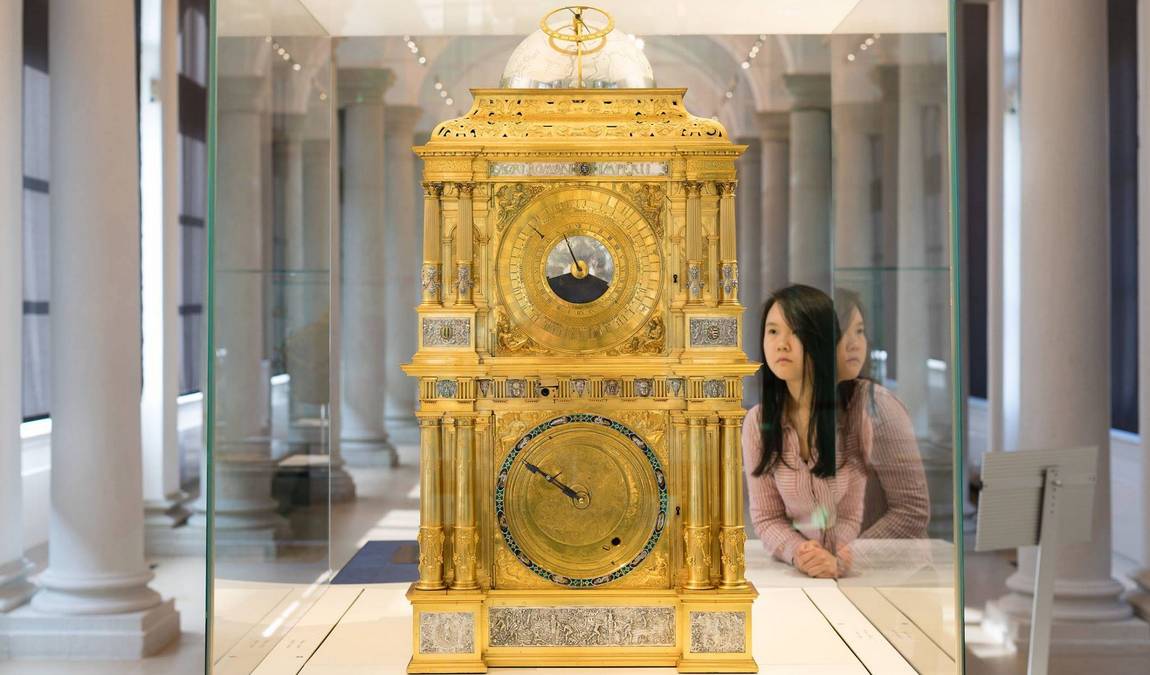 Photo: facebook.com/skd.museum
Photo: facebook.com/skd.museum
Visiting the Royal Cabinet of Mathematical and Physical Instruments is a journey through time, engagingly showcasing scientific history. Families planning their visit often ponder their time immersed in the cabinet's wonders.
Expected Duration:
- Short Visit: A brisk tour takes approximately 30 minutes, touching briefly on the highlights.
- In-Depth Exploration: For a thorough experience, allocate at least 1 to 2 hours to admire the collection in detail.
Time-Saving Tips:
- Visit during weekdays to avoid crowds.
- Review the museum map beforehand to strategize your route.
Parents with inquisitive kids might find that their little ones are captivated by the intersection of science and history, which could extend their visit. The interactive exhibits can also engage children's interest, making them less conscious of the clock.
Making the most of one's visit encompasses striking a balance between depth and duration. Each family's pace will vary, but they should afford themselves the flexibility to be fully present in each exhibit's story without haste.
Is the Royal Cabinet of Mathematical and Physical Instruments Worth Visiting?
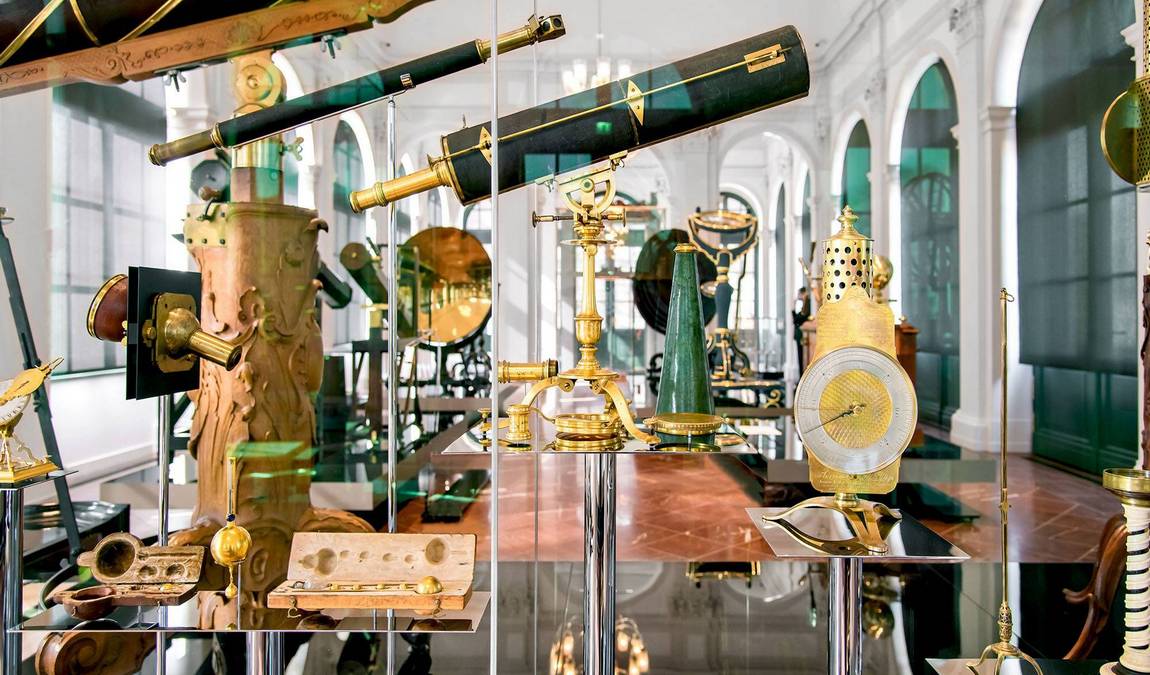 Photo: facebook.com/skd.museum
Photo: facebook.com/skd.museum
When planning a family adventure to Dresden, one might wonder if the Royal Cabinet of Mathematical and Physical Instruments at the esteemed Zwinger Palace is a must-see destination. The answer is twofold: combining the allure of historical intrigue with an engaging educational experience suitable for all ages.
The cabinet showcases a staggering collection of historical artifacts, ranging from timepieces to scientific instruments that glimpse past advancements.
It's not just a walk through history but a step into the minds of our ancestors who sought to understand the cosmos. Through carefully preserved exhibits, children and adults alike are introduced to concepts of time, astronomy, and physics in an accessible and tactile manner. The Royal Cabinet is a testament to Dresden's rich scientific heritage. It is an enriching stop for those curious about how our methods of measuring and interpreting the world have evolved.
What makes the Royal Cabinet of Mathematical and Physical Instruments particularly captivating for families is the interactive exhibitions that captivate the youthful spirit of inquiry. From ancient globes that one can spin to astronomical clocks that evoke wonder, the practical applications of these instruments are brought to life.
Conclusion
Royal Cabinet of Mathematical and Physical Instruments is worth visiting for its unique blend of history, science, and artistry, all presented in a manner that educates and entertains. This fascinating museum offers a window into the scientific revolution, making it a captivating encounter for children and adults.
Reasons to visit the Royal Cabinet of Mathematical and Physical Instruments include the chance to see firsthand how the measurement of time and space has influenced the world we live in today. Kids will marvel at the intricate details of the instruments, while the interactive elements ensure the experience is memorable and hands-on.
A family trip to Dresden would be well-served if the Royal Cabinet were included on the itinerary. The museum fosters an appreciation for scientific discovery and provides a unique cultural experience. As families look to enrich their travels with education and excitement, this gem within Zwinger Palace beckons. Plan your visit and witness the marvels of human ingenuity captured in brass, glass, and gears.


